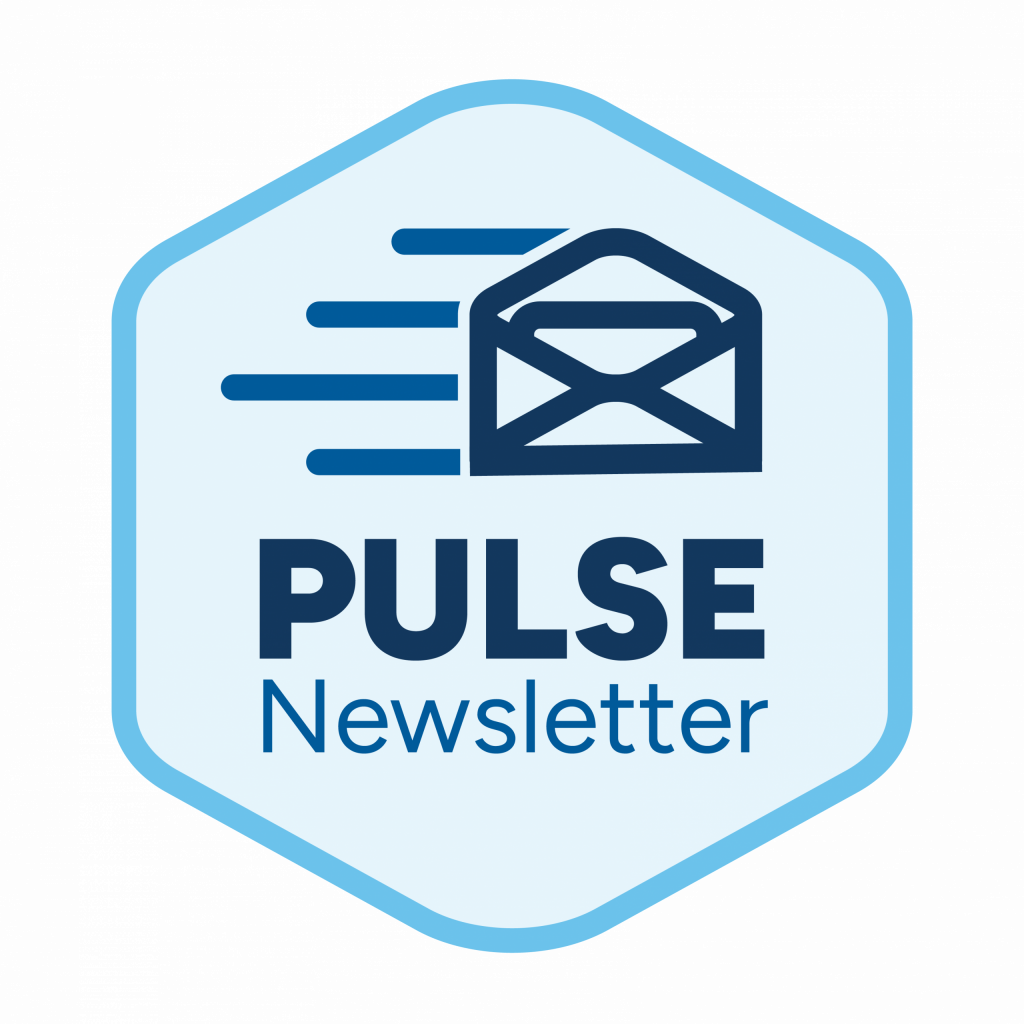
Microsoft’s One Dynamics One Platform initiative is redefining what it means to run a unified business application ecosystem.
Finance and Operations apps are converging with the Power Platform and Dataverse to create a single, connected foundation for data, automation, and extensibility. This evolution, known as One Dynamics One Platform (ODOP), is designed to reduce duplication, improve performance, and enable organizations to innovate faster on top of a consistent, low-code framework.
For leaders who manage digital transformation across multiple business functions, ODOP represents a major simplification of the Microsoft landscape. It unifies the technical architecture that underpins Dynamics 365, creating a shared platform where data, workflows, and custom apps operate together seamlessly.
A unified platform for enterprise agility
In the past, Finance and Operations applications often existed in separate silos, with distinct data models, integration layers, and lifecycle management systems. As a result, organizations needed dedicated technical resources to synchronize and maintain consistency across their business applications.
ODOP is changing that reality by aligning Finance and Operations apps with the Power Platform and Dataverse. This convergence delivers several tangible advantages:
- Shared data model: Reduces redundancy and ensures that all business functions work from a single source of truth.
- Unified extensibility: Allows developers and citizen creators to build and extend apps directly using Power Platform tools.
- Consistent ALM (Application Lifecycle Management): Streamlines deployment, versioning, and updates across Dynamics 365 environments.
- Native low-code integration: Enables teams to automate workflows, design applications, and surface insights without heavy customization.
This architectural shift strengthens interoperability across Microsoft’s ecosystem, giving enterprises a scalable, manageable framework for innovation.
What this means for business leaders
For executives and hiring managers, ODOP is more than a technical upgrade. It’s an operational strategy that directly impacts how teams collaborate and deliver value. With the data layer unified, departments such as finance, operations, and supply chain can work together more effectively, using consistent analytics and shared business logic.
The approach also reduces the total cost of ownership by cutting down on custom integration projects and overlapping systems. This allows organizations to redirect resources toward innovation instead of maintenance.
As these systems merge, new opportunities are emerging for talent development and hiring. Enterprises now need professionals who understand both the functional and technical aspects of the unified platform, including Power Platform integration, Dataverse management, and Dynamics Finance and Operations configuration.
Nigel Frank helps organizations hire certified Microsoft specialists who can build and manage unified Dynamics environments that drive measurable performance improvements.
The evolving skill set for Dynamics professionals
The ODOP model is reshaping what it means to be a Dynamics expert. Professionals who once specialized in a single application area are now expected to understand the broader platform and how its components interact.
Key skills and roles that are becoming essential include:
- Power Platform developers who can create and manage low-code extensions for Finance and Operations.
- Dataverse architects who design secure and scalable data models across departments.
- Functional consultants who can translate business requirements into integrated workflows across multiple apps.
- Lifecycle management specialists who ensure that environments, updates, and deployments remain synchronized.
The goal for organizations is to build teams capable of maintaining flexibility while ensuring consistency. Leaders who invest in cross-trained professionals will find it easier to adapt as Microsoft continues to streamline its business application stack.
Building connected systems that scale
ODOP’s impact extends beyond IT departments. When data and application layers operate as one, business users gain faster access to insights and automation that used to require complex development work. Finance teams can connect directly to Power BI dashboards built on shared data models, and operations teams can trigger workflows using Power Automate without leaving the Dynamics environment.
This creates a more responsive enterprise where teams can experiment, refine, and deploy new processes in weeks rather than months. The combination of unified architecture and low-code flexibility enables organizations to scale without compromising control.
Nigel Frank connects enterprises with Microsoft professionals who understand how to implement, optimize, and support ODOP solutions, helping you achieve a fully integrated Dynamics ecosystem.
A strategic foundation for future growth
The One Dynamics One Platform initiative signals Microsoft’s vision for the future of enterprise software, one where data, automation, and collaboration exist within a single, intelligent environment. For businesses, that vision translates into simpler operations, better insights, and faster delivery cycles.
Hiring managers who prioritize platform fluency, data integration skills, and cross-application experience will be best positioned to lead through this transformation.




